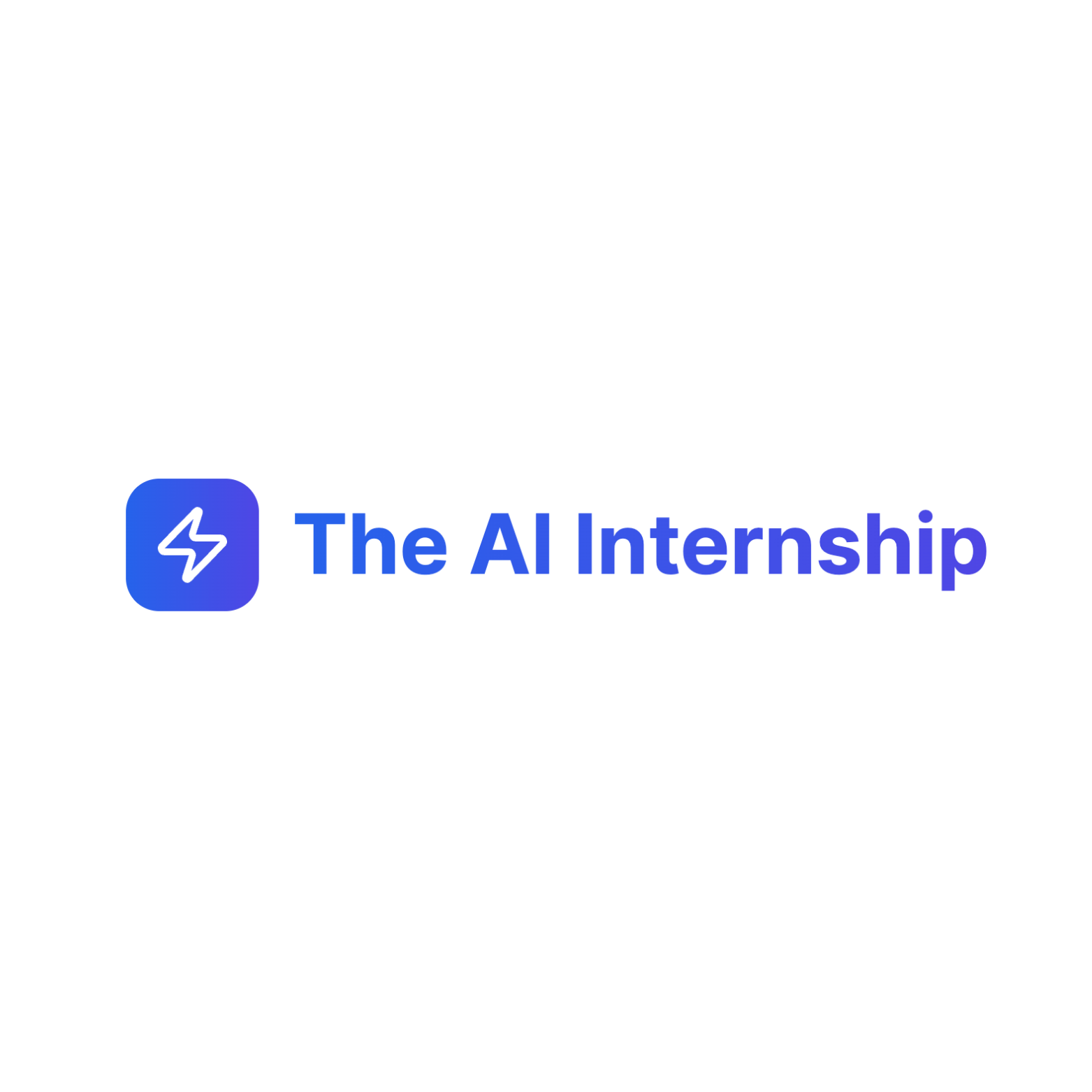AI Tools and Platforms Mastery Guide: Essential Developer Stack 2025
Complete guide to AI development tools and platforms. Master PyTorch, TensorFlow, Hugging Face, MLflow, and cloud platforms for efficient AI development and deployment.
Key Takeaways
- Comprehensive strategies proven to work at top companies
- Actionable tips you can implement immediately
- Expert insights from industry professionals
🛠️ Master AI Development Tools
Your complete guide to the essential tools and platforms powering modern AI development
The AI development landscape is rich with powerful tools and platforms that can dramatically accelerate your workflow. This comprehensive guide covers the essential tools every AI developer needs to master, from deep learning frameworks to cloud platforms and MLOps solutions.
"The right tools don't just make you more efficient—they enable you to tackle problems you couldn't solve before. Master your tools, and you master your craft." - Andrew Ng, Founder of Coursera
Deep Learning Frameworks
🧠 Framework Comparison
PyTorch
Best for: Research, prototyping, dynamic models
Pros: Pythonic, flexible, great debugging
Cons: Smaller deployment ecosystem
TensorFlow
Best for: Production, mobile, large-scale training
Pros: Mature ecosystem, TensorBoard, TF Serving
Cons: Steeper learning curve
JAX
Best for: Scientific computing, high-performance ML
Pros: Fast compilation, functional programming
Cons: Newer, smaller community
PyTorch Essential Commands
import torch
import torch.nn as nn
import torch.optim as optim
from torch.utils.data import DataLoader, Dataset
# Basic tensor operations
x = torch.randn(100, 10)
y = torch.randn(100, 1)
# Simple neural network
class SimpleNet(nn.Module):
def __init__(self, input_dim, hidden_dim, output_dim):
super().__init__()
self.layers = nn.Sequential(
nn.Linear(input_dim, hidden_dim),
nn.ReLU(),
nn.Dropout(0.2),
nn.Linear(hidden_dim, output_dim)
)
def forward(self, x):
return self.layers(x)
# Training loop
model = SimpleNet(10, 64, 1)
criterion = nn.MSELoss()
optimizer = optim.Adam(model.parameters(), lr=0.001)
for epoch in range(100):
optimizer.zero_grad()
outputs = model(x)
loss = criterion(outputs, y)
loss.backward()
optimizer.step()
Cloud AI Platforms
☁️ Cloud Platform Comparison
Google Cloud AI Platform
- Vertex AI for end-to-end ML
- AutoML for no-code solutions
- BigQuery ML for data analytics
- Strong TensorFlow integration
AWS AI Services
- SageMaker for ML lifecycle
- Bedrock for foundation models
- Rekognition for computer vision
- Comprehensive service catalog
Azure AI
- Azure Machine Learning Studio
- Cognitive Services APIs
- OpenAI integration
- Enterprise-focused features
Hugging Face Ecosystem
Hugging Face has become the GitHub of AI, providing pre-trained models and datasets for rapid development.
🤗 Hugging Face Tools
Transformers
State-of-the-art NLP models
Datasets
Easy access to ML datasets
Spaces
Deploy ML apps instantly
Hub
Model and dataset repository
Hugging Face Quick Start
from transformers import pipeline, AutoTokenizer, AutoModel
# Text classification pipeline
classifier = pipeline("sentiment-analysis")
result = classifier("I love using AI tools!")
print(result) # [{'label': 'POSITIVE', 'score': 0.999}]
# Load specific model
tokenizer = AutoTokenizer.from_pretrained("bert-base-uncased")
model = AutoModel.from_pretrained("bert-base-uncased")
# Tokenize and encode
text = "Hello, world!"
tokens = tokenizer(text, return_tensors="pt")
outputs = model(**tokens)
# Text generation
generator = pipeline("text-generation", model="gpt2")
result = generator("The future of AI is", max_length=50)
print(result)
MLOps Tools
🔧 MLOps Stack
MLflow
Experiment tracking, model registry, deployment
Weights & Biases
Visualization, hyperparameter tuning, collaboration
DVC
Data versioning, pipeline management
Kubeflow
Kubernetes-native ML workflows
🛠️ Master the AI Developer Stack
Learn to use the most powerful AI development tools and platforms. Build, train, and deploy AI systems with confidence using industry-standard tools.
The AI Internship Team
Expert team of AI professionals and career advisors with experience at top tech companies. We've helped 500+ students land internships at Google, Meta, OpenAI, and other leading AI companies.
Ready to Launch Your AI Career?
Join our comprehensive program and get personalized guidance from industry experts who've been where you want to go.
Table of Contents
Share Article
Get Weekly AI Career Tips
Join 5,000+ professionals getting actionable career advice in their inbox.
No spam. Unsubscribe anytime.
